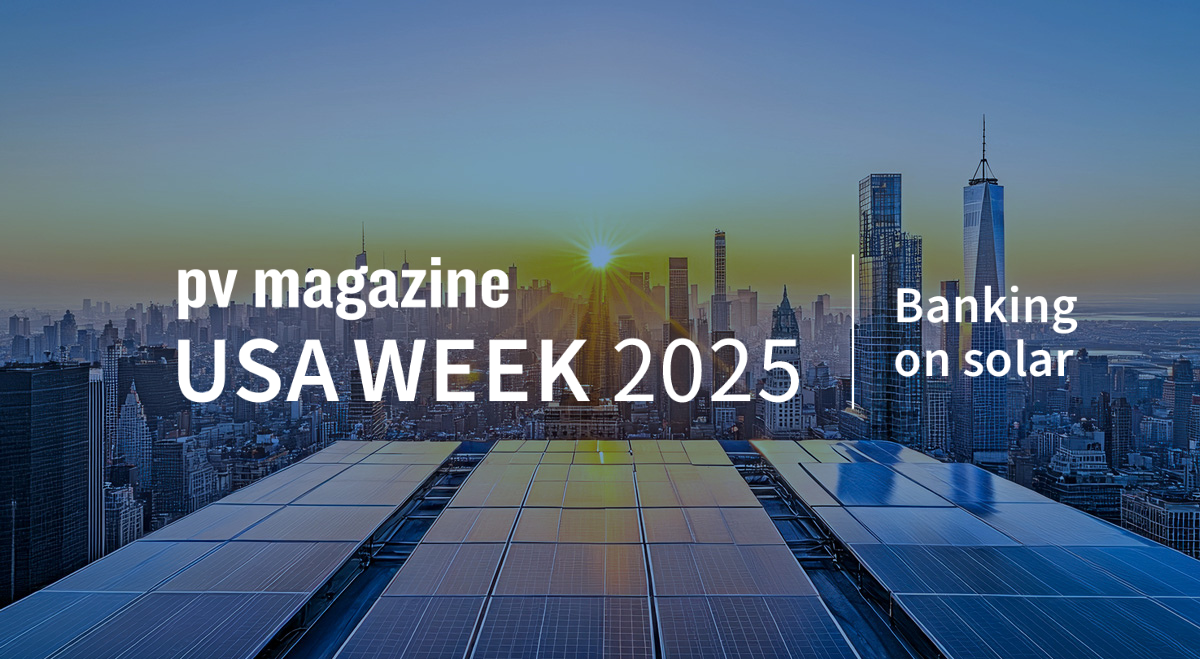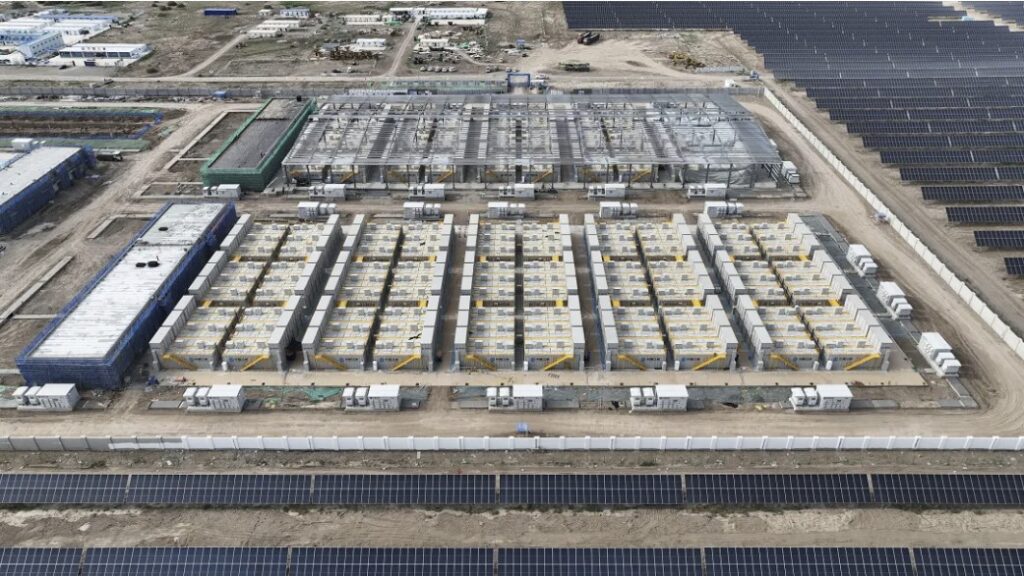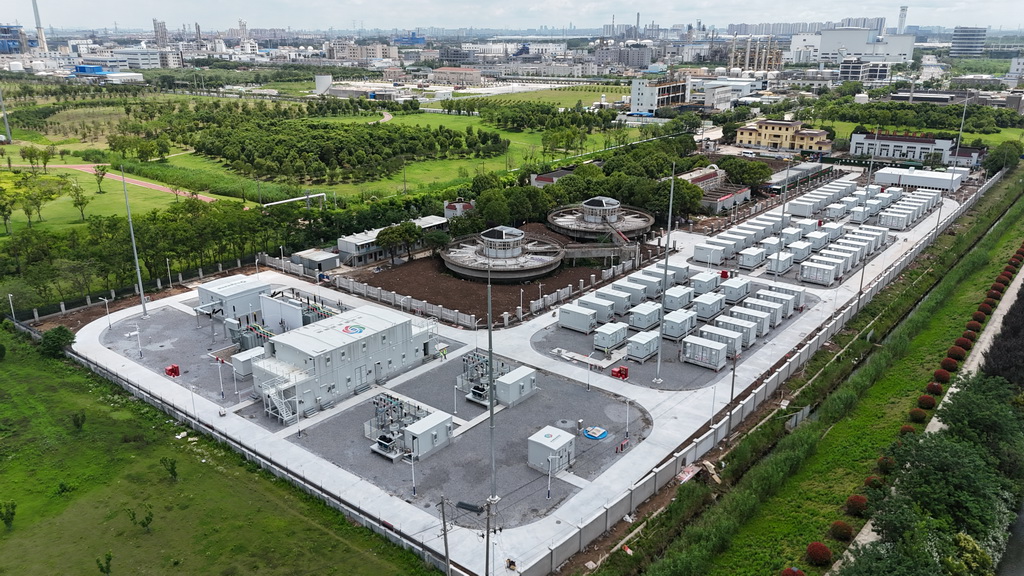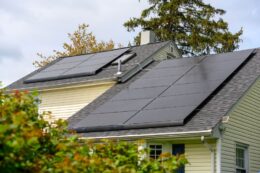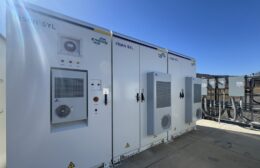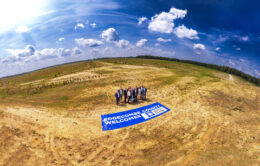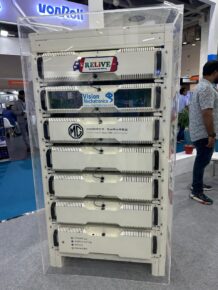Sunrun bolsters California grid with 75,000 distributed batteries

US-based residential solar installer Sunrun says its CalReady VPP program has quadrupled in size to reach 56,000 customers who own around 75,000 batteries.
CalReady is a VPP program in which its solar and energy storage customers agree to enroll their batteries to dispatch power during peak electricity demand events in exchange for compensation.
Customers are paid up to $150 per battery enrolled in the program. CalReady is available to support the state’s grid each day from 4 p.m. to 9 p.m. from May through October. Sunrun customers agree to enroll their battery to be tapped for energy dispatch up to 35 times over the summer.
“Customers with home batteries are a solution to alleviating strain on our electric grid,” said Mary Powell, the CEO of Sunrun. “They become powerful grid assets, delivering affordable, reliable power exactly when and where it’s needed for communities and across the grid.”
Last year, Sunrun paid a total of $1.5 million to its 16,000 enrolled customers, which together supplied 48 MW of stored solar to the grid during peak summer heat waves. This year, Sunrun expects to deliver an average of 250 MW per two-hour event.
“Sunrun has created one of the largest batteries in the country, rivaling large-scale utility projects but without taking up additional land or requiring costly new infrastructure,” said Powell. “CalReady’s decentralized nature eliminates any potential single point of failure while offering greater resilience and flexibility for the state’s evolving energy needs.”
The Energy Information Administration shared that as solar adoption grows in California, a grid imbalance described as the “duck curve” is deepening. The midday dip in net load is getting lower, making it more difficult for the California Independent System Operator to balance the grid.
The swing in demand for electricity from conventional power plants from midday to late evenings, when energy demand is still high but solar generation has dropped off, means that conventional power plants like natural gas-fired peaker plants must rapidly ramp up electricity production to meet demand. Coordinated VPP programs like Sunrun’s CalReady can help serve this demand, lessening the need for inefficient natural gas peaker plants.
A study by Boston-based consultancy Brattle Group estimates utilities could save $35 billion by 2033 by focusing on VPPs for peak demand capacity.
From pv magazine USA.

